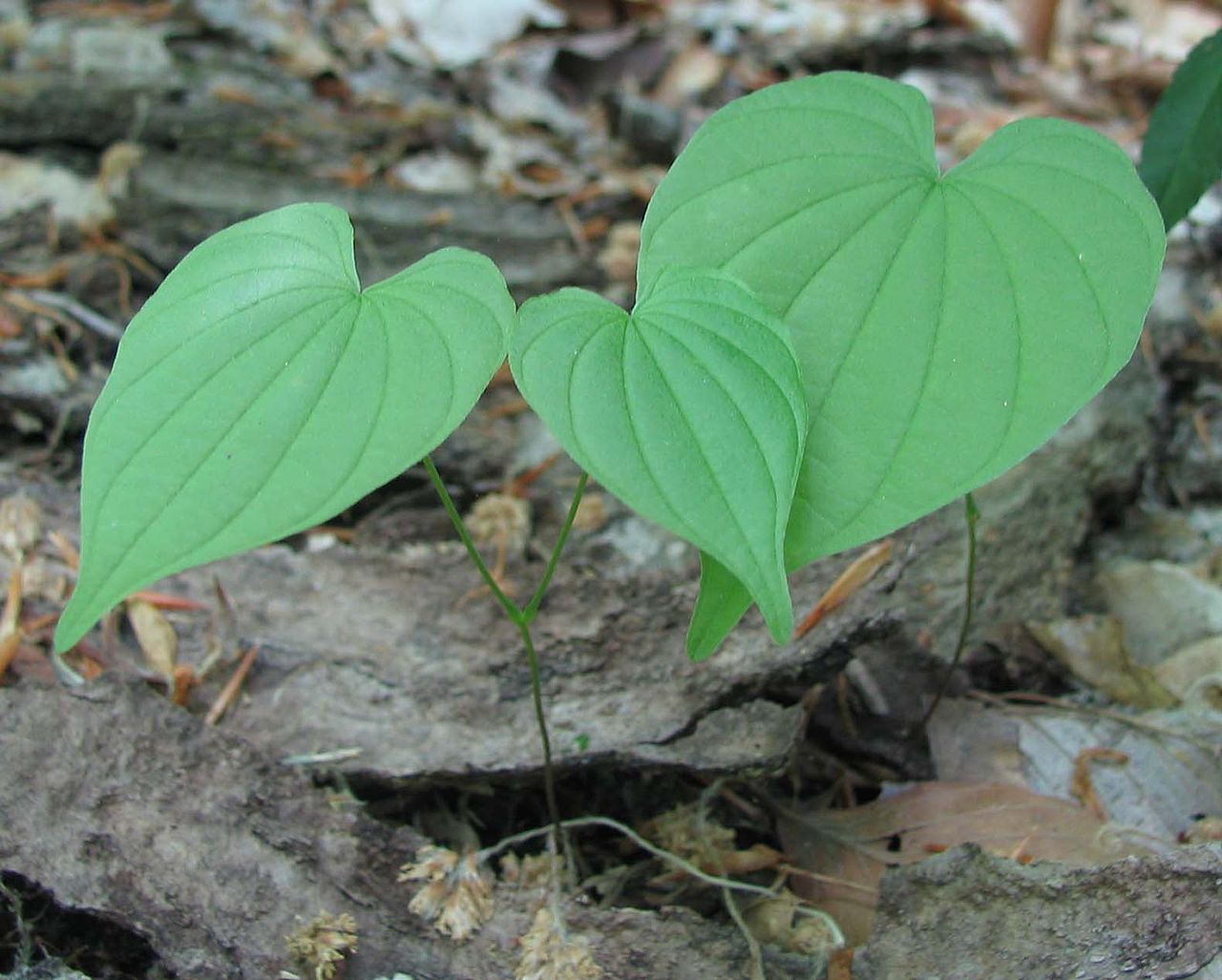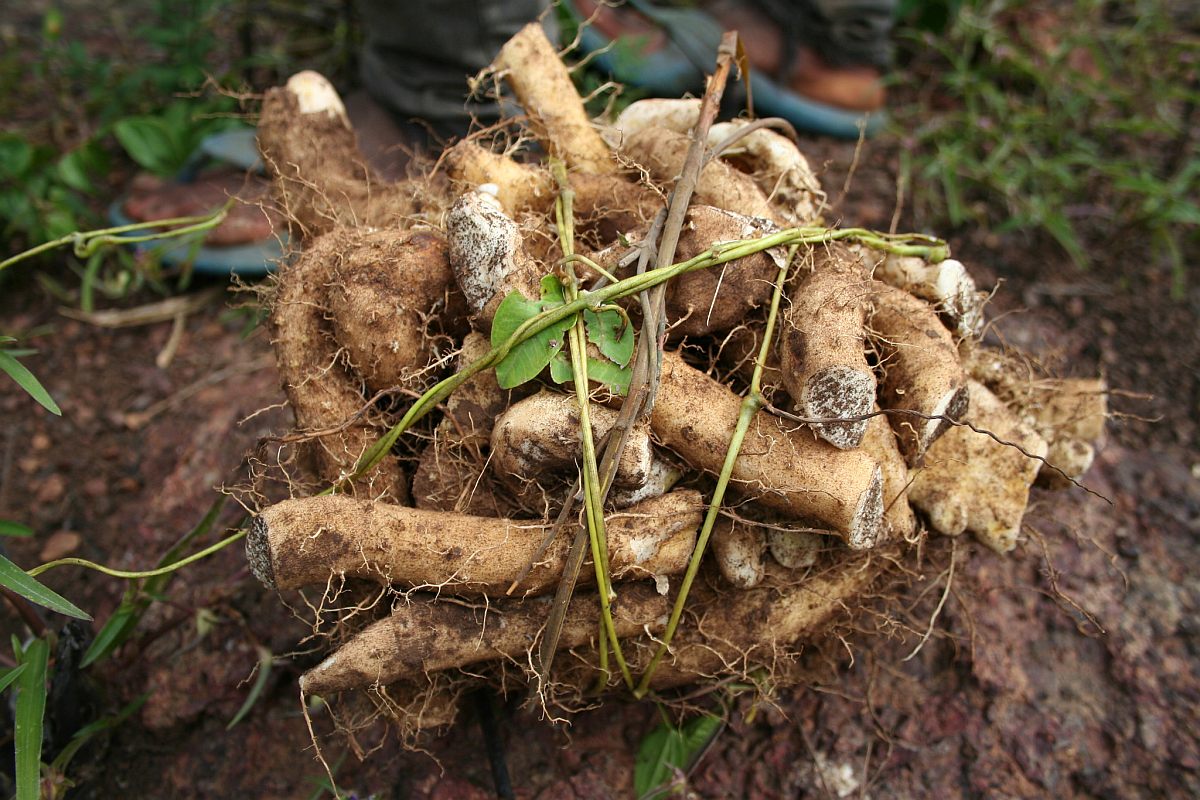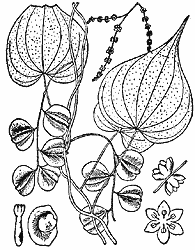Intestinal colic- use with
Acorus, Chamomile
and/or
Zingiber in hot infusion.
Rheumatoid arthritis- use with
Cramp bark
and
Cimicifuga.
Appendicitis and diverticulitis- use with
Sambucus
and
Marshmallow root.
[1] British Herbal Pharmacopoeia 1983 Published by the British Herbal Medicine
Association ISBN 0 903032 07 4.
[2] Herbal Materia Medica Course Notes For Diploma of Naturopathy and Diploma
of Herbalism Students by Lydia Mottram.
[3] The Pharmaceutical Plant Company Pty Ltd
ppcherbs.com.au
[4] Potter's New Cyclopaedia of Botanical Drugs and Preparations R.C.
Wren Revised by Elizabeth M. Williamson and Fred J Evans. First published
in Great Britain in 1988 and reprinted in 1989 and 1994 by the C. W. Daniel
Company Limited. 1 Church Path, Saffron Walden Essex. Published 1988 Printed
and bound by Biddles, Guildford ISBN 085207 1973.
Images
1.
en.wikipedia.org
by
Tim McCormack
CC BY-SA 3.0
2.
ucantribe.com
Steroidal saponins: dioscine, diosgenin, dioscorin.[1]
Starch.
References
[1] Drogenkunde, 8th Ed. Heinz, A., Hoppe. Pub. W de Gruyter (1975) Berlin
 Dioscorea
villosa. Wild
yam, Colic root
Family: Dioscoreaceae
Dioscorea
villosa. Wild
yam, Colic root
Family: Dioscoreaceae

 Research
Research